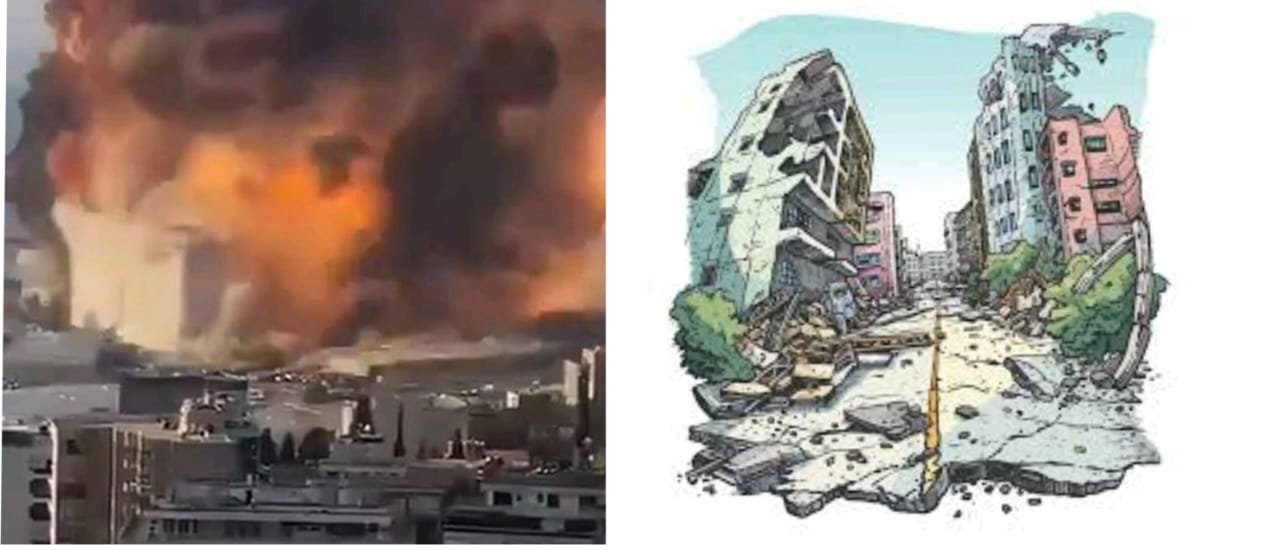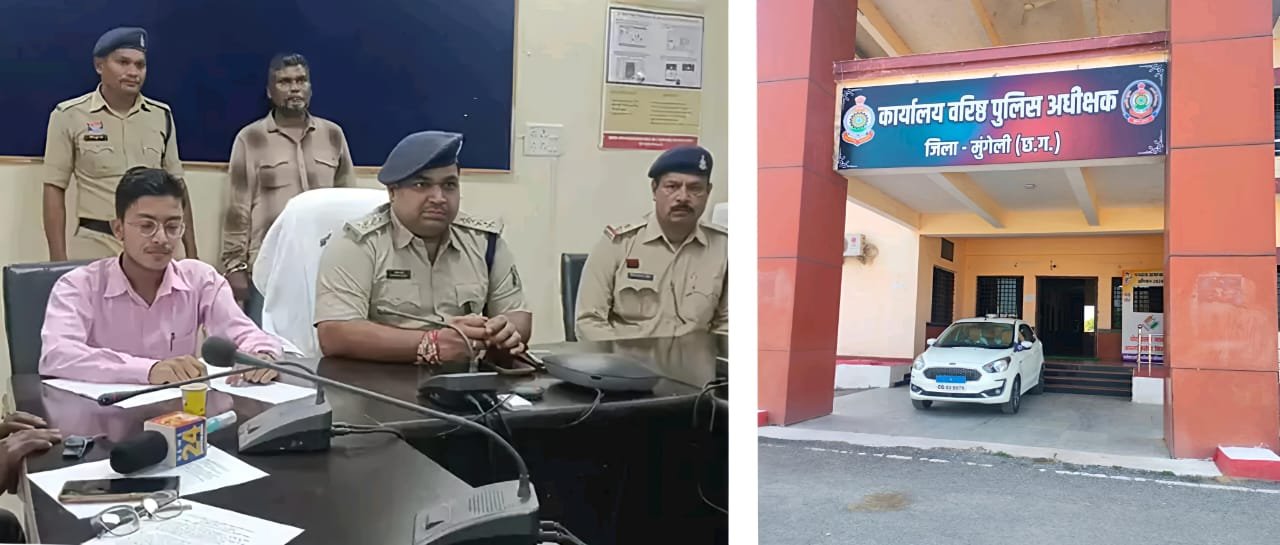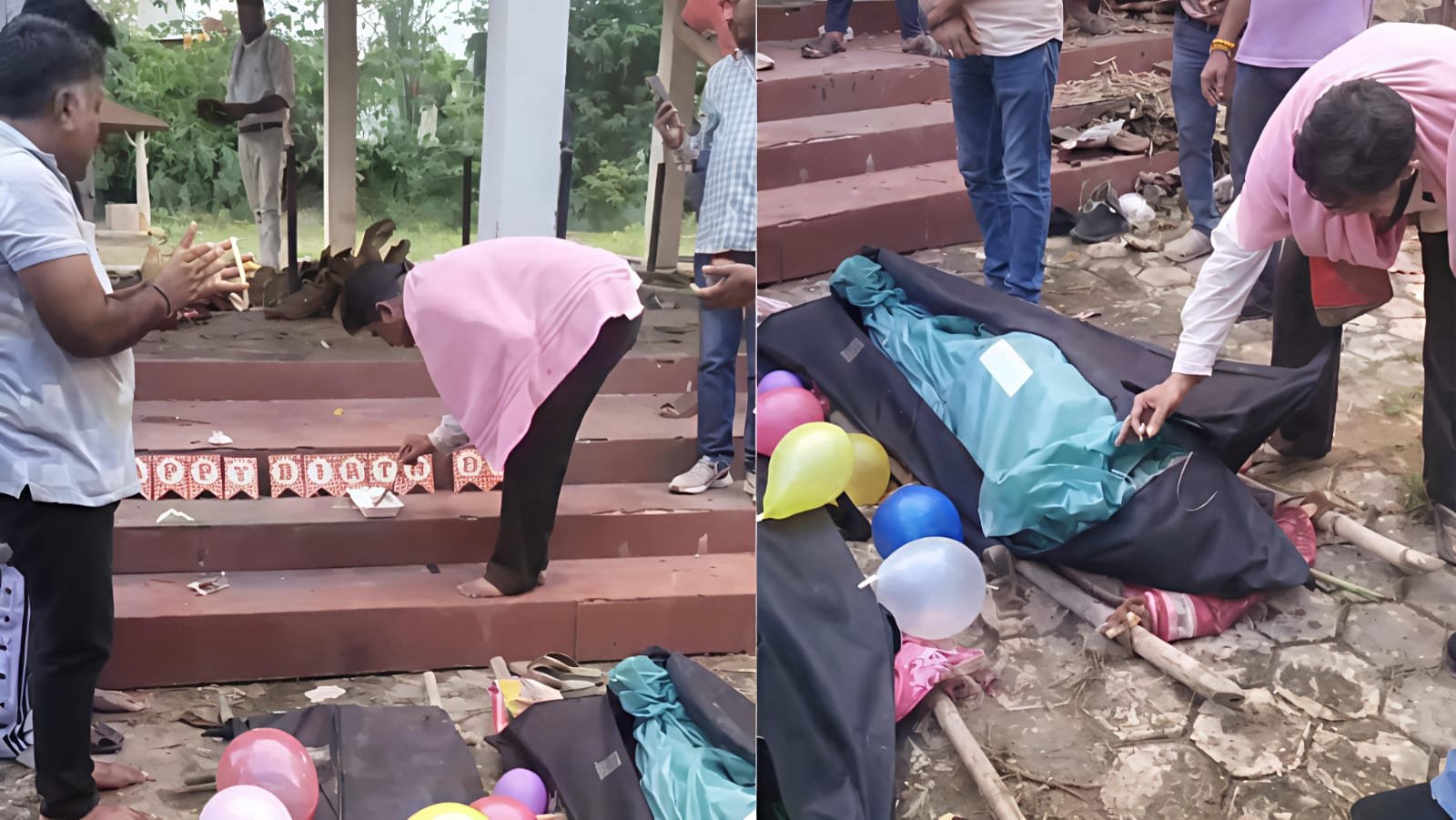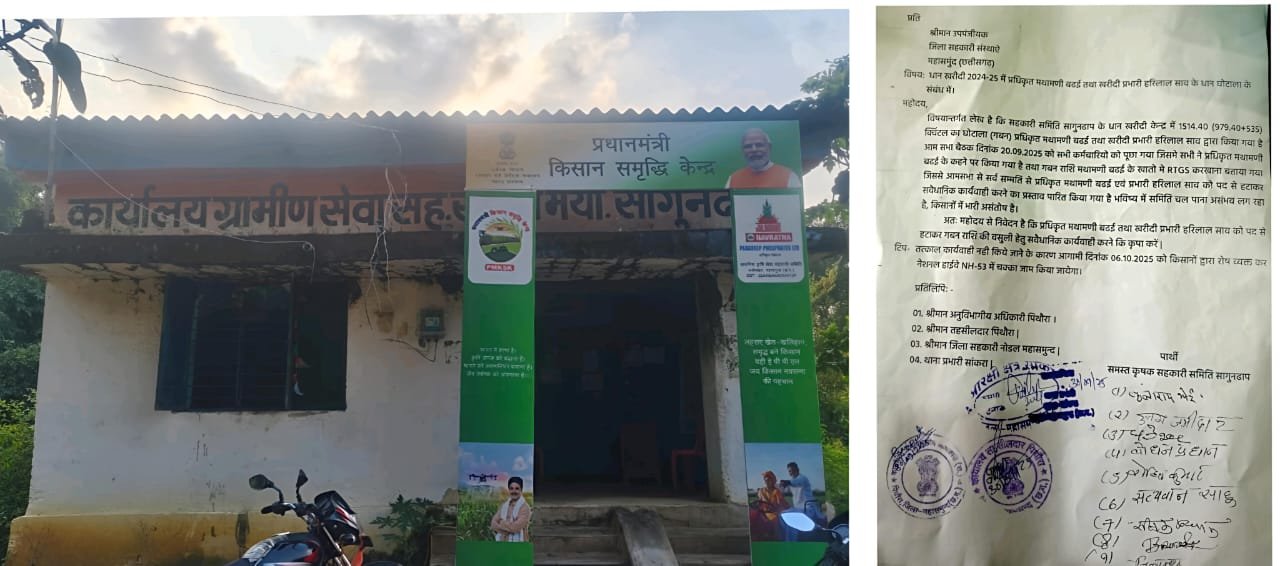“Inferno Beneath the Ocean: 8.8 Quake Unleashes Monster Tsunami – Russia Rattled, Hawaii & Japan on Red Alert!”
Kamchatka Peninsula, Russia / Honolulu, Hawaii –The Earth trembled, and the sea roared. A devastating 8.8 magnitude earthquake struck Russia’s remote Kamchatka Peninsula early Wednesday morning, setting off a catastrophic chain of events that now threatens coastlines across the Pacific. Tsunami waves, towering up to 10 feet, have already started surging towards vulnerable shores, forcing mass evacuations in Russia, Hawaii, and Japan.
The Russian Ministry of Emergency Situations reported the seabed rupturing violently around 250 kilometers southeast of Kamchatka, triggering not just tremors, but a deadly underwater upheaval. The Pacific Tsunami Warning Center immediately issued widespread tsunami warnings as sensors detected enormous wave surges traveling at jet-like speeds.
Entire coastal communities in eastern Russia were ordered to evacuate as tsunami waves began swallowing up seafront homes, boats, and even parts of piers. Eyewitness videos emerging from the region show apocalyptic scenes: water crashing into buildings, fishing boats thrown inland like toys, and terrified families fleeing through knee-deep water.
By late morning, emergency sirens wailed across Hawaii, thousands of miles from the quake’s epicenter. “We are not taking any chances,” said Honolulu Mayor Rick Blangiardi. “We are ordering immediate evacuation of all low-lying coastal areas.” Schools were closed, roads jammed as residents tried to escape, and shelters were activated across Oahu and the Big Island.
Governor Josh Green of Hawaii held a tense press conference: “This is not a drill. This is a historic seismic event with the potential to devastate our entire island chain. We’re talking about waves as high as 10 feet — enough to submerge buildings and sweep away infrastructure. Everyone must move to higher ground now.”
Meanwhile, the Japanese Meteorological Agency issued a tsunami warning along the northern coastline of Hokkaido and the Tohoku region. Trains were suspended, and emergency broadcasts repeatedly urged residents to leave the coast. The country’s tragic history with tsunamis – including the 2011 disaster – has left a permanent scar, and authorities are treating this threat with utmost seriousness.
In the U.S. state of Alaska, waves generated by the Russian earthquake have already been observed. The Tsunami Warning Center there confirmed surges of up to a foot in Amchitka and Adak, remote island communities in the Aleutian chain. While less destructive than expected, officials cautioned that the danger is far from over, as wave amplitudes can vary and often grow larger with time.
Back in Russia, the Kamchatka Peninsula bore the brunt of the initial seismic shock. At least 80 aftershocks have rattled the region within hours, many registering above 5.0 on the Richter scale. “It felt like the entire world was crumbling beneath us,” said Natalia Petrova, a resident of Petropavlovsk-Kamchatsky, the largest city in the area. “I grabbed my child and ran without even putting on shoes. We could see the sea swelling unnaturally.”
Russian emergency teams have reported significant damage to infrastructure, especially to seaports and coastal roads. Authorities have begun airlifting people from stranded villages, and military helicopters have been deployed to monitor the coastline for further flooding.
Oceanographers have described this event as one of the most violent subduction-related earthquakes in recent decades. “The Pacific ‘Ring of Fire’ has once again reminded us of its fury,” said Dr. Hiroshi Nakamura, a geophysicist based in Tokyo. “This is not a localized disaster. The energy released is racing across oceans and putting millions at risk.”
As night falls, the situation remains perilous. Communication lines with some of Russia’s outer islands have gone silent. Tsunami waves are still moving, and depending on underwater topography, they may refract and intensify before making landfall in vulnerable Pacific regions. The Philippines, Indonesia, and even the West Coast of the U.S. have been placed on tsunami watch.
Global leaders have responded with urgency. The United Nations has offered disaster assistance, while both U.S. FEMA and Japan’s Coast Guard are on high alert. Climate activists and disaster experts are once again calling for better tsunami early warning systems, especially in underdeveloped regions.
As the world watches anxiously, the terrifying question remains: How many more waves are yet to come?
For now, sirens continue to blare, coastlines empty, and eyes across the Pacific are fixed on the sea — waiting to see if it will rise again.















